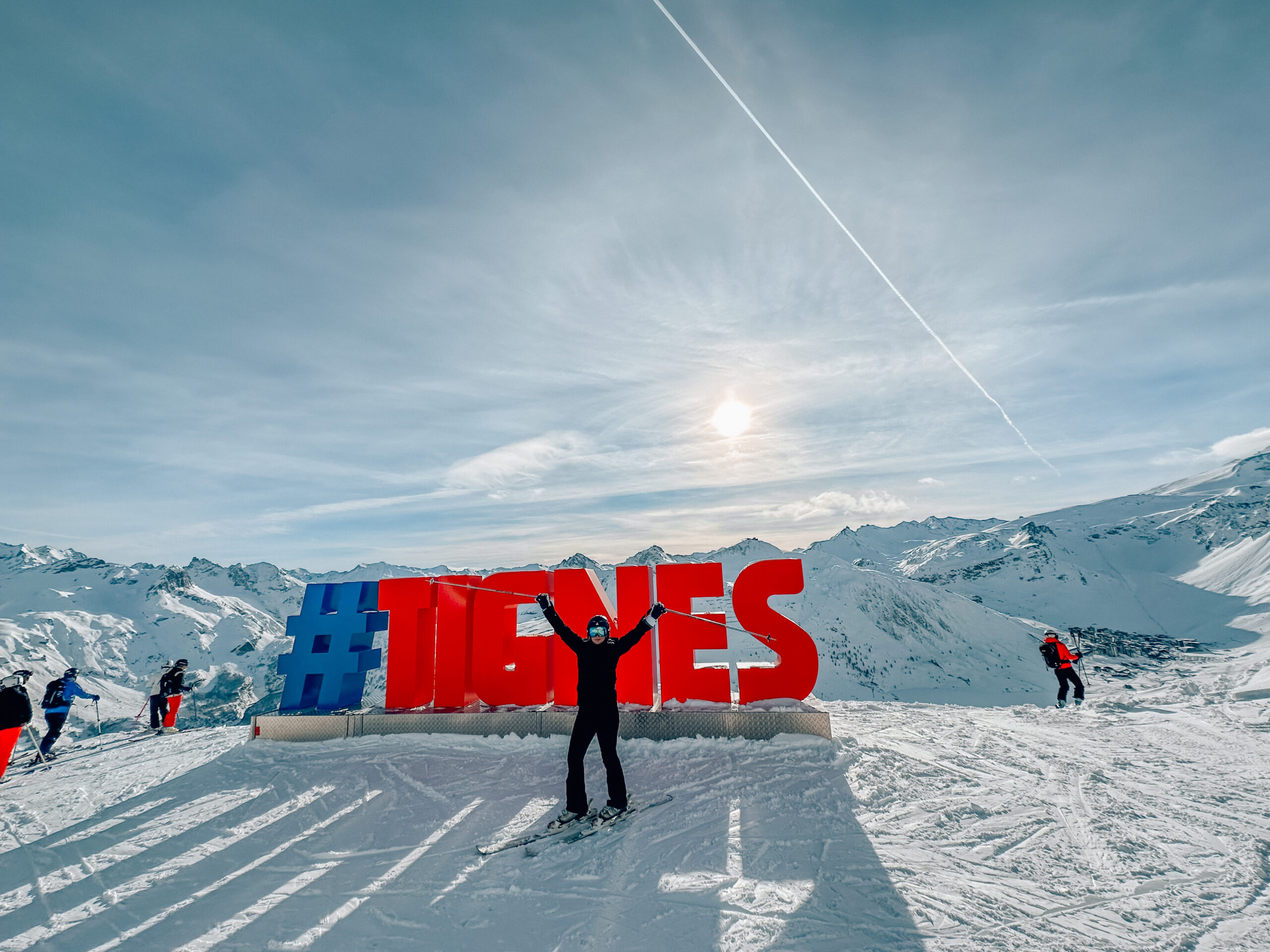Nestled amidst the French Alps, is Tignes, a commune in the Tarentaise Valley that shares the expansive Espace Killy ski area with Val d’Isère.
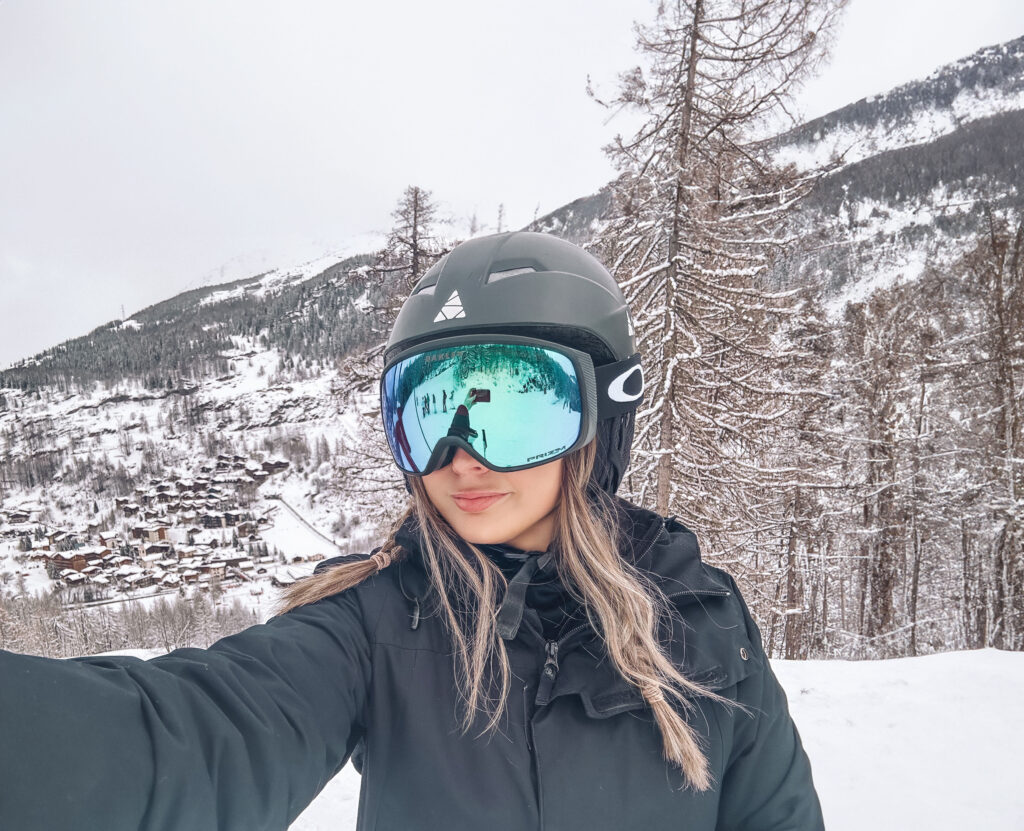
You can reach Tignes by flying into Geneva, Lyon or Chambery airports—but if I’m honest it’s probably best to avoid Chambery as visibility can be hit or miss which means planes are often delayed or diverted to nearby airports. Sometimes you get lucky and there are no issues. But sometimes you pull the short straw, and a heap of things go wrong…
We were skiing in Tignes (or trying to) to see the New Year in with a bang (quite literally as Tignes have an incredible New Year celebration in Le Lac complete with karaoke, a live band and an epic firework display) but instead of an easy one-hour flight to Chambery Airport, we had to deal with numerous delays and a severe lack of communication from Crystal Ski (the company we booked the trip with). Which included a 1 hour delayed take-off, 2 extra hours spent circling Chambery in the air, and a redirect to Grenoble which was then cancelled and redirected to Lyon. Then after sitting on Lyon airport’s tarmac for 2.5 hours, it was announced that we couldn’t get off the plane and would be flown back to Gatwick. As you can imagine, it wasn’t fun. But it got even more frustrating when after one airport hotel, some disgusting cardboard pizza and 4 hours of sleep later, we were finally told our new flight details and when we went to check in, were told we weren’t listed on the flight. Then when we finally got a ticket, there were even more delays because the departure time in the boarding pass, airport call sign and email from Crystal Ski didn’t match. Eventually, we made it to France (landing in Lyon once more) but couldn’t get off the plane for over an hour because there was no bus to collect passengers from the runway—and then, after giving various people private taxis to their resort (including a man travelling to the same resort as us, which we were happy to cab share with) were asked us to wait on a coach which was supposed to leave in ten minutes and didn’t leave for over 2 hours, making us miss our NYE dinner reservations. It was honestly some of the worst customer service I have ever received. But eventually, we made it to our hotel, with just over an hour to go before the New Year kicked in, so quickly changed and went to go and celebrate at the New Year firework show at Tignes Le Lac.
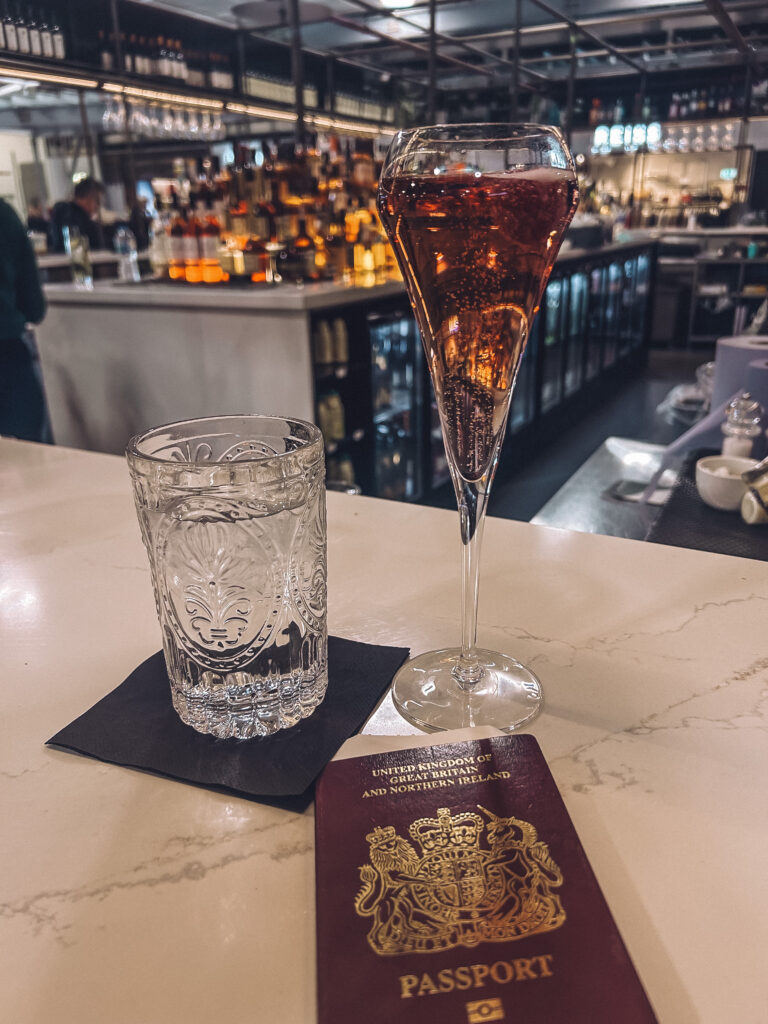
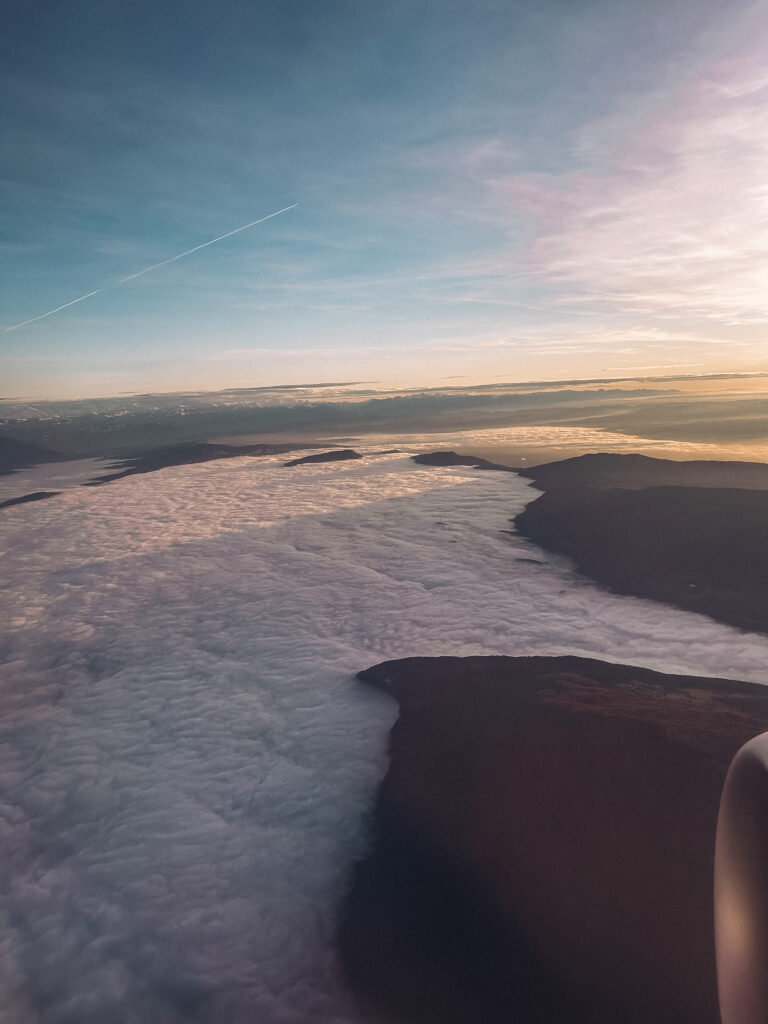

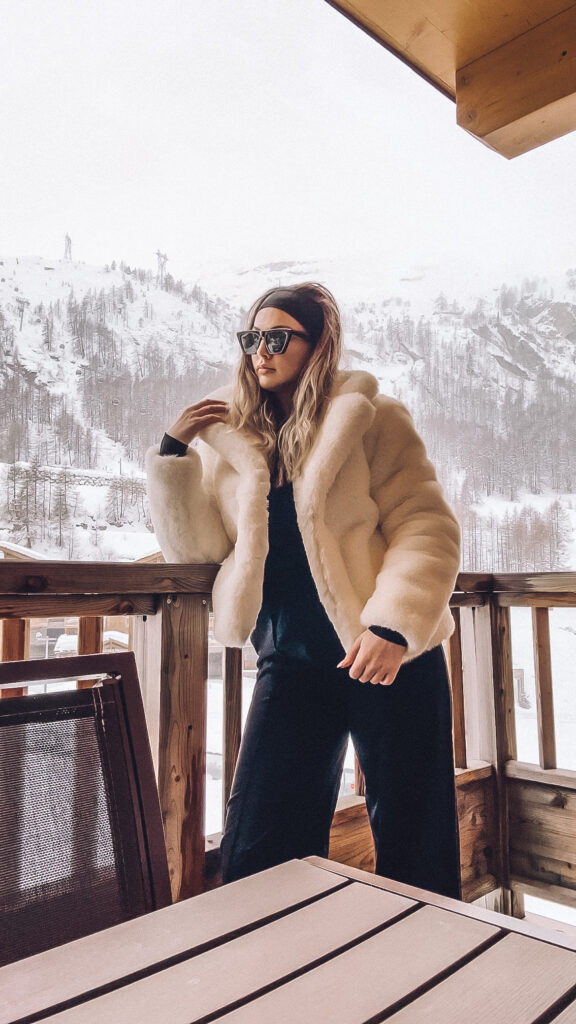

But back to Tignes itself…
Tignes ski resort is made up of five villages: Val Claret, Le Lac, Le Lavachet, Les Boisses and Les Brevieres. The first three are situated pretty close together at 2100 metres, and then Les Boisses and Les Brevieres are placed further down the valley (above and below the dam respectively) which house parts of the original village.
You see, after the Second World War, France needed electricity and so they decided to build the Tignes Dam, a hydroelectric dam in the Isere valley. The only problem was that that’s where the village was originally located. It was decided that the dam, a great achievement for French engineering, was for the greater good of France, and so in 1947 when construction began, Tignards were forced to leave their homes and in 1952 the original village of Tignes was submerged. But the Tignards are not easily defeated—they rebuilt their village higher up in Tignes Les Boisses, and to keep a link to their past, identically rebuilt their church.
The Saint Jacques de Tarentaise church is still visible today at the entrance of Tignes 1800, and whilst it’s a replica of the old church, it contains original pieces of furniture and altarpieces from the original. It’s a pretty cool part of history, showing just how focused and resilient people can be—and losing the village and building the dam wasn’t for nothing, as the 180m high, 300m long and 43m wide dam supplies the electrical consumption of 392,000 inhabitants annually, the equivalent of 80% of residential consumption in the Savoie region.

All of this is relevant information, as after the loss of the village, it was decided to develop a ski resort at the higher lake (Tignes Le Lac)—which is (partly) why skiing in Tignes is possible today! The location was perfect, as it’s surrounded by a formation which is ideal for skiing, headed by the Grand Motte glacier. If you care about the stats, Tignes is one of Europe’s highest ski resorts, has numerous lifts (mainly fast 6-8 people chairlifts) and 113 snow cannons (which produce 450,000 m2 of artificial snow each year) which surprises me that they need to be honest, because Tignes has some of the most reliable snow conditions. It honestly would not stop snowing while we were there. It was dreamy. And that’s where the ski cams come in handy—as you can see (live) what the conditions are in each area.
It was my first time skiing in Tignes, but I’ve been skiing for a few years now (but hadn’t been since before COVID-19) and I’m not going to lie, at times throughout the trip it was a challenge. The popularity of the resort meant the fresh powder quickly turned to moguls and with severely reduced visibility and flat light, you couldn’t always see them. This could have just been the weather conditions at this time of year, but if you’re heading there, I’d recommend packing some lenses with a yellow, amber, or light rose base, so you’re equipped for the flat light should it occur. But overall, Tignes is amazing to ski and it’s easy to see why it has a reputation as a great ski resort. It’s got an extensive ski area, diverse terrain and lots of different runs. Is it suitable for beginners? Maybe, but it depends upon your confidence. According to the internet, about 15% of runs between Tignes and Val d’Isère are considered suitable for beginners and there are four different nursery/beginner areas with a variety of chairlifts and drag lifts. But to be honest, the red runs were my favourites. There was a black at the top of the glacier that was great (whereas the one going into Le Lac felt so steep it triggered my fear of heights), but the reds just felt fun. They have great snow coverage, different difficulty levels within and some amazing views.
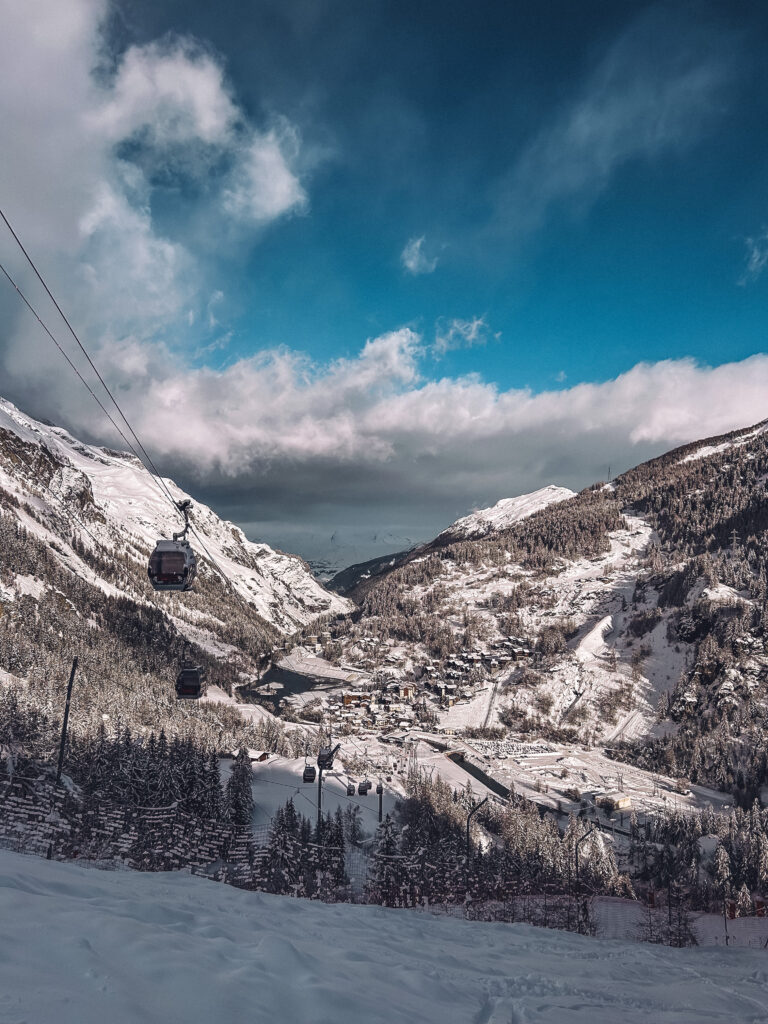
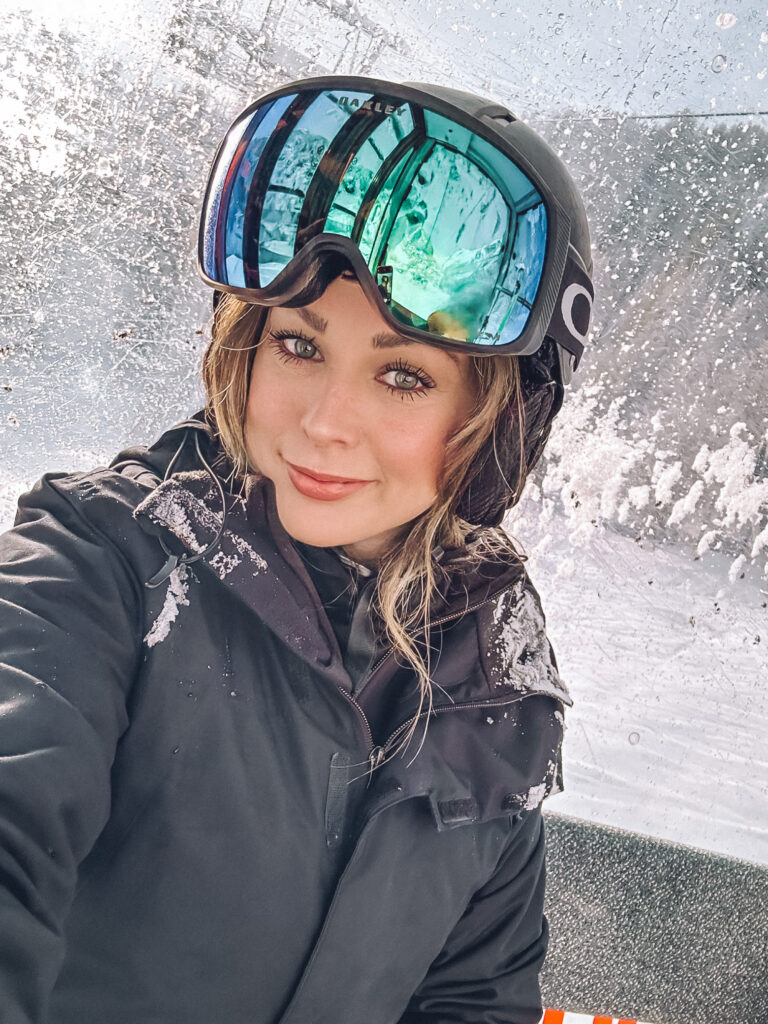
Speaking of amazing views, if you’re skiing in Tignes, regardless of your skill level, you should make it a point to ski down the Myrtilles run into 1550 Les Brevieres. It’s a relaxed green run and winds through the trees, the lake and past a little waterfall. It’s honestly so beautiful, kind of like the comfort food of ski runs.
One of the best parts about skiing in Tignes is how well-connected it is to Val d’Isere. It’s not the largest ski area in the Alps, but because of how interconnected the two resorts are it feels like you have a large single playground as a result—one that boasts over 300 km of pistes. The journey between the two takes roughly an hour and you’ll face diverse runs along the way combined with stunning panoramic views. We took ski lessons in the afternoon with a guy named Andy who worked for Evolution 2, and it was honestly the best decision. He had this incredible ability to give individualised advice (even though there were six of us in the group) and with over 8 years of being an instructor in the area, he knew his way around the resorts. Something which came in very handy as due to all the snowfall, there was a lot of bad visibility and when certain runs were overcrowded, he swiftly took us to different areas.

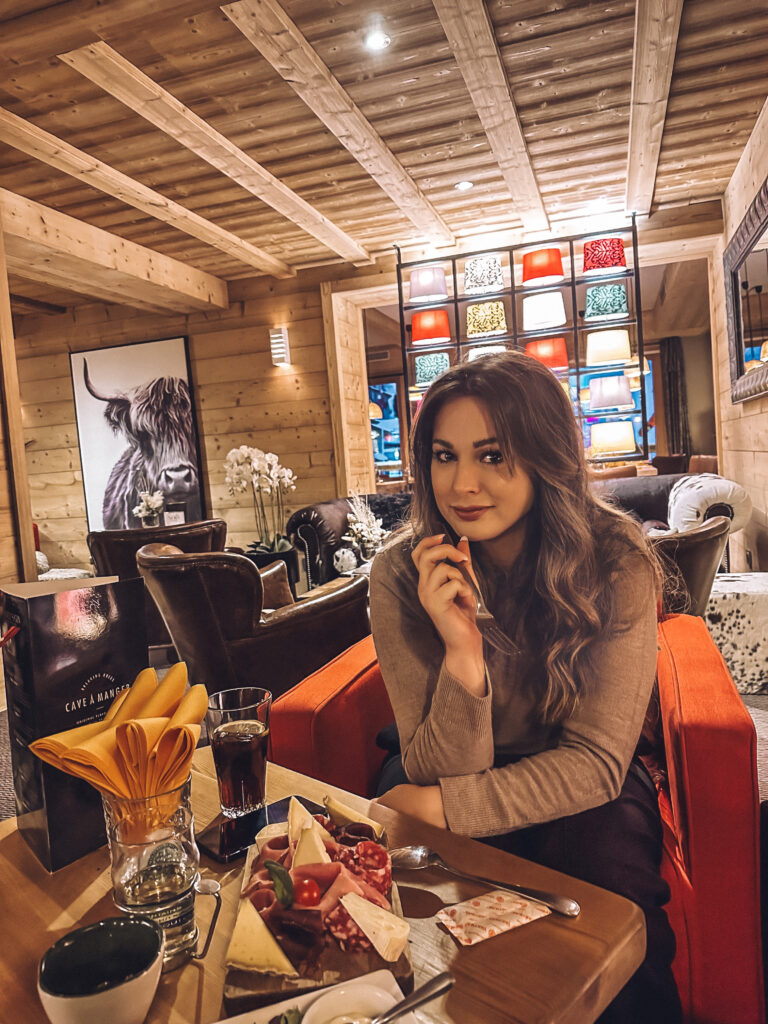
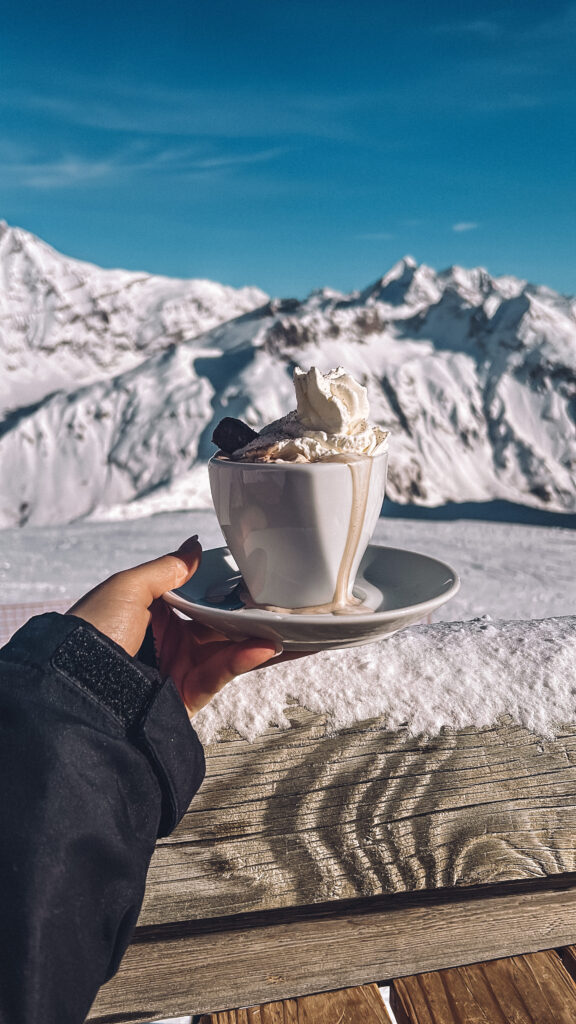

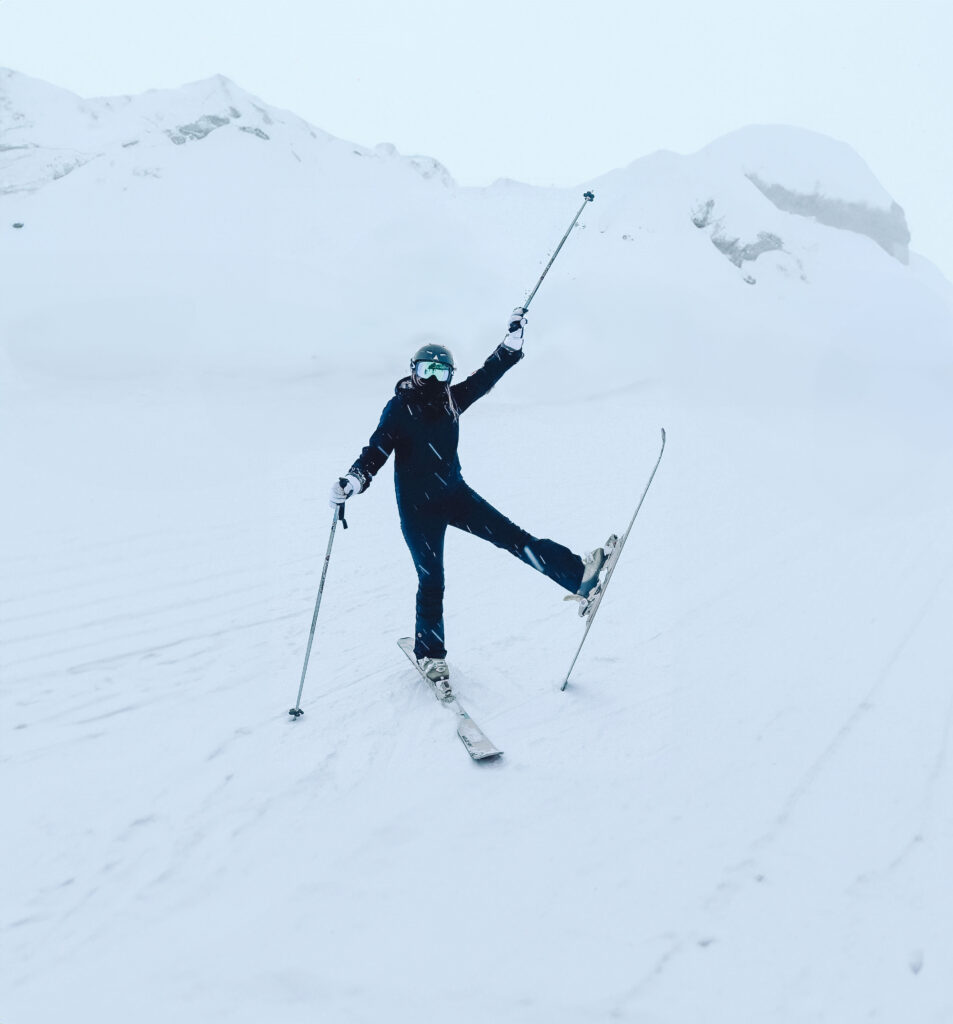
Overall, I’d say that Tignes is a great place to consider for your skiing trip. There are varied runs with beautiful views (perfect for enjoying a cup of hot chocolate). There are plenty of Apres options, such as Folie Douce and Cocorico, and plenty of options to eat out. Including Moonlight Cabaret for those who love dinner and a show, and Restaurant 1800 which makes an incredible fondue.
